If you’ve been researching Montenegro retirement visa options online, you must be completely confused by conflicting information by now.
One website might say Montenegro has special retirement visas, another claims you need €500,000 in investments, and a third insists it’s impossible for non-EU citizens to retire here at all.
Sound familiar? If you've been trying to figure out the Montenegro retirement visa situation, you're probably drowning in outdated information, forum speculation, and websites that clearly haven't been updated since 2015.
Here's the truth that nobody seems to want to spell out clearly: Montenegro doesn't actually have a specific retirement visa like some countries do.
However, there are still clear and achievable pathways for retirees to live in Montenegro legally.
In this article, we’ll explore how to navigate Montenegro's residency requirements, the requirements you need to meet, and what to expect as a retiree settling in this beautiful Balkan nation.
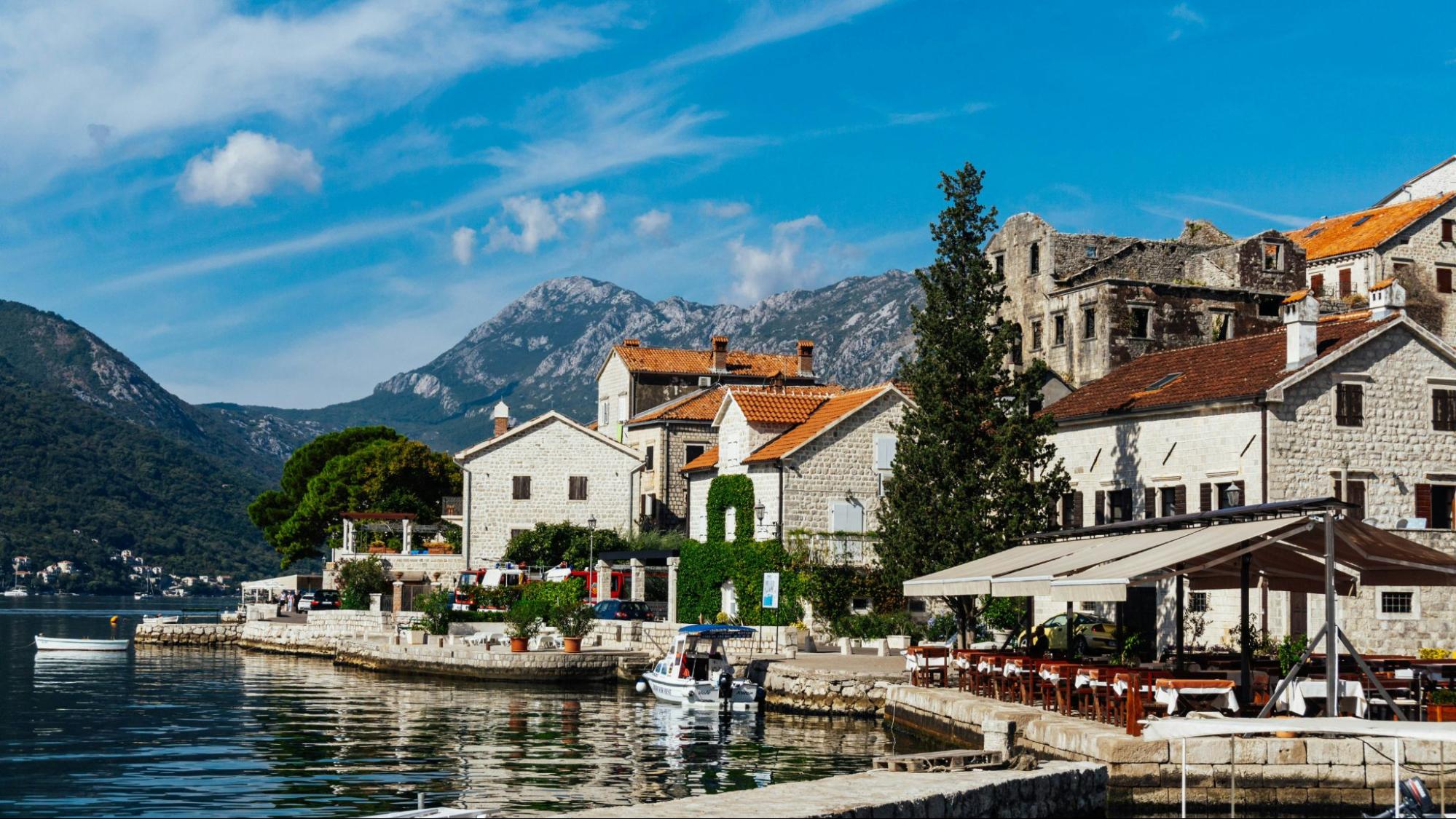
Does Montenegro Offer a Retirement Visa?
Let’s clear this up right away: there's no Montenegro retirement visa because Montenegro uses a different approach entirely.
Instead of creating special categories for retirees, they have a straightforward temporary residence system that works perfectly for retired people. You just need to know which pathway fits your situation.
Over time, maintaining legal residency can lead to permanent residency and eventually, citizenship.
The most common ways retirees secure legal residency include:
- Property Ownership: Purchasing a home or apartment in Montenegro can qualify you for a temporary residence permit.
- Financial Means: Demonstrating proof of sufficient funds to support yourself without working in Montenegro.
- Business Establishment: Opening or investing in a business in the country.
Montenegro Retirement Visa Requirements
When people search for retirement visa Montenegro requirements, they're usually looking for a checklist of what they actually need to do.
Based on current regulations, here's what you're actually looking at:
Proof of Sufficient Funds
You need to demonstrate sufficient funds to support yourself without working.
A specific number isn't officially published, but to obtain temporary residency in Montenegro, you typically need a monthly income or funds of at least €3,650 available in a Montenegrin bank account.
Different regions require a different number. Couples might need to show more.
This can be pension income, investment returns, savings account statements, or any combination that adds up to sustainable support.
Health Insurance Coverage
Comprehensive health insurance that covers you in Montenegro is mandatory.
This can be private international insurance or coverage through agreements with your home country.
Clean Criminal Record
You'll need criminal background checks from your home country and any place you've lived recently.
These need to be apostilled and translated, which takes time, so start this process early.
Accommodation Proof
You need to show where you'll be living. You can show either property ownership documents or a rental agreement.
This is where many retirees get tricky because you need a proper long-term housing arrangement.
Property Ownership to Obtain Residency
Here's where Montenegro's system gets interesting for retirees.
Property ownership doesn't automatically give you residency rights, but it makes the residency application much stronger and opens additional pathways, like allowing you to apply for a temporary residence permit.
Property ownership helps with the accommodation proof requirement and demonstrates a long-term commitment to Montenegro that immigration officials appreciate.
The practical benefits go beyond just residency approval. Owning property gives you a permanent address for banking, utility accounts, and all the administrative necessities of actually living somewhere. Plus, you're building equity instead of paying rent forever.
Make sure you hire a local real estate broker who understands the area you want to buy in.
How to Apply for a Temporary Residence Permit
The actual application process for Montenegro's temporary residence permit can feel overwhelming at first, but breaking it down into steps makes it manageable.
We always tell clients that preparation is everything, and rushing this process usually creates problems that take months to fix. If you’re planning to retire in Montenegro, here’s a step-by-step overview of how to apply:
- Choose Your Pathway: Decide whether you’ll qualify through property ownership, financial means, or business establishment.
- Gather Documentation: Prepare bank statements, proof of health insurance, criminal record certificates, and accommodation documents. Begin collecting and preparing all required documents while you're still in your home country. This includes bank statements, proof of health insurance, criminal record certificates, and accommodation documents.
- Submit Your Application: The initial temporary residence application must be submitted from outside Montenegro, typically at a Montenegrin consulate in your home country or region.
- Accommodation Arrangement: Before your application can be approved, you need to demonstrate where you'll be living in Montenegro. This can be a property purchase, long-term rental agreement, or documented accommodation arrangement. Tourist rentals don't qualify - you need a proper residential address.
- In-Country Completion: Once your initial application is approved, you'll need to travel to Montenegro to complete the process. This includes biometric data collection, photographs, and final document review at the Ministry of Interior offices.
- Permit Issuance and Registration: After final approval, you'll receive your temporary residence permit, typically valid for one year initially. You must then register your address with local authorities and can begin the process of opening bank accounts and establishing other necessities of residence.
The entire process typically takes 4-6 months from start to finish, assuming all documents are prepared correctly and there are no complications.
Working with a local attorney or immigration consultant can make the process smoother, especially if you’re unfamiliar with Montenegrin bureaucracy.

Common Mistakes to Avoid
People underestimate how long the process takes and try to rush. Between document collection, translations, and actual processing time, plan on 6 to 8 months minimum.
Missing or improperly prepared documents cost applicants more than anything else. Every document needs to be recent, properly translated, and attested.
Not budgeting properly can cause you a great deal of trouble later on.
Make sure you budget generously for the entire process. Between government fees, legal services, document preparation, translations, and travel costs, plan on €2000 to €3000 in total process costs before you even start living expenses.
Make sure you choose the exact location you want to go to beforehand because it can affect the process.
Different municipalities may interpret requirements slightly differently, and some are more experienced with foreign retiree applications than others.
Tips for Retirees Considering Montenegro
- Plan Your Finances Carefully: While Montenegro is affordable, you’ll still need to prove financial stability to obtain and renew your residence permit.
- Consider Healthcare Access: Private health insurance is typically required for foreign residents, and it’s wise to research options before arriving.
- Explore Different Regions: Each part of Montenegro offers a unique lifestyle. Coastal towns for vibrant summers, mountain regions for tranquility, or historic cities like Kotor for cultural charm.
- Think Long-Term: Maintaining your temporary residence can lead to permanent residency and citizenship, making Montenegro a truly long-term retirement option.
The Long-Term Perspective
Temporary residence permits require annual renewals, but the process becomes routine once you're established.
Most retirees find renewals straightforward after the initial approval. You've already proven you can support yourself and integrate into local communities.
Permanent residence after five years provides much greater security and eliminates annual renewal requirements. It also opens additional benefits like easier travel within the region and stronger legal protections.
EU accession, whenever it happens, will likely change residency requirements significantly. Current temporary residents will probably have pathways to adjust status, but specific procedures won't be clear until accession actually occurs.
The investment in obtaining Montenegro residency pays dividends beyond just living here. You gain legal access to European-style healthcare, banking systems that work efficiently, and a base for exploring the broader Balkan region.
Making the Move Successfully
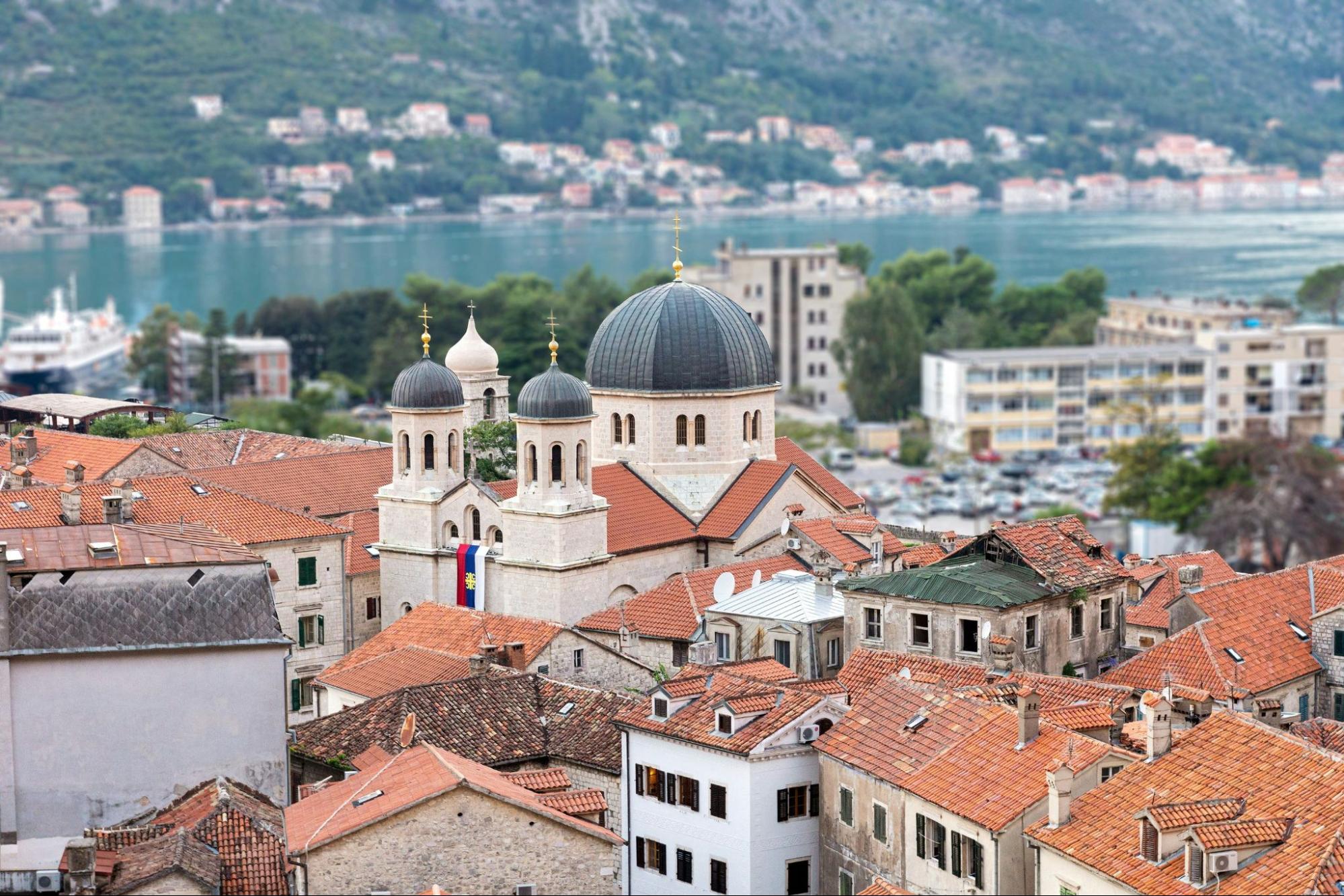
Montenegro's administrative system works, but it operates on Balkan time with Balkan procedures.
Understanding this prevents frustration and unrealistic expectations, so hiring a professional can help a great deal.
Success with a Montenegro retirement visa, or rather, the residency permits that actually exist, depends on thorough preparation and realistic expectations about timelines and procedures.
Start the process at least a year before you want to actually move. This gives you time to handle document preparation properly, deal with unexpected delays, and make housing arrangements that meet immigration requirements.
Consider hiring local assistance for the application process including an experienced broker who can help you buy a real estate property that suits your needs and falls within your budget.
While not legally required, experienced immigration lawyers understand current procedures and can prevent costly mistakes.
Visit Montenegro multiple times before committing to residency applications. What looks perfect during a summer vacation might feel different during a grey February. Make sure you actually want to live here year-round before investing in lengthy residency procedures.
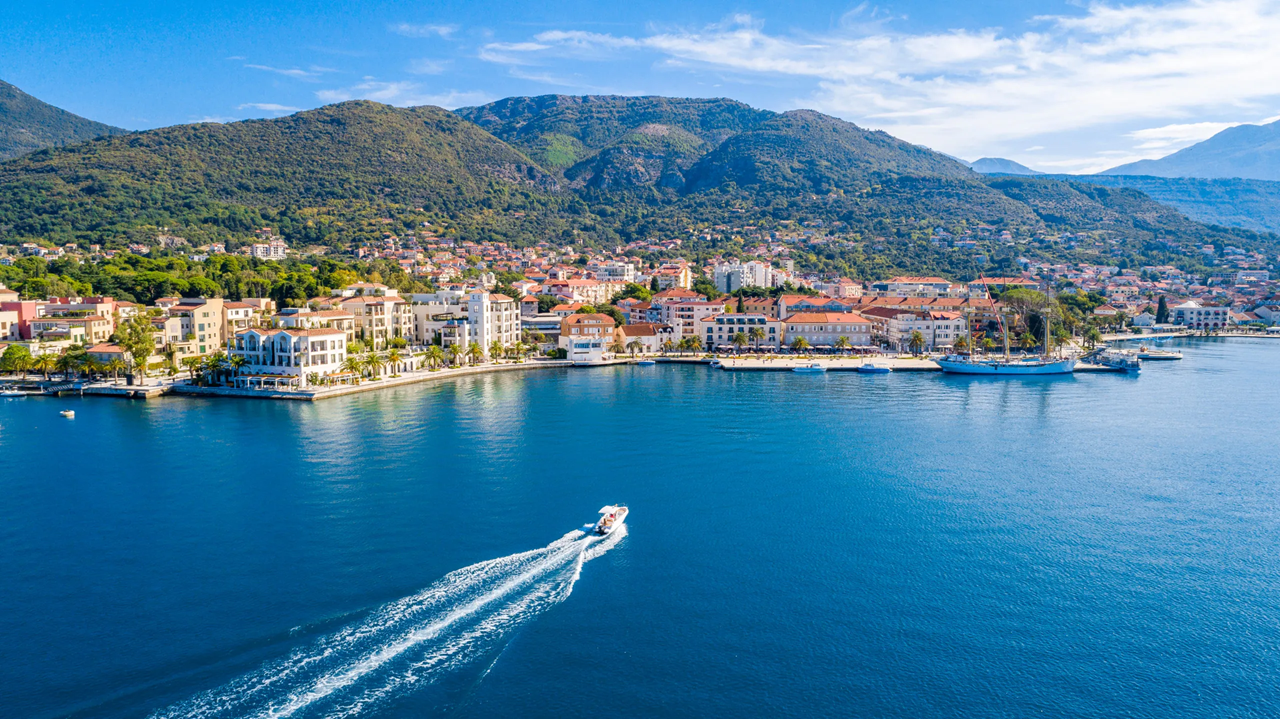

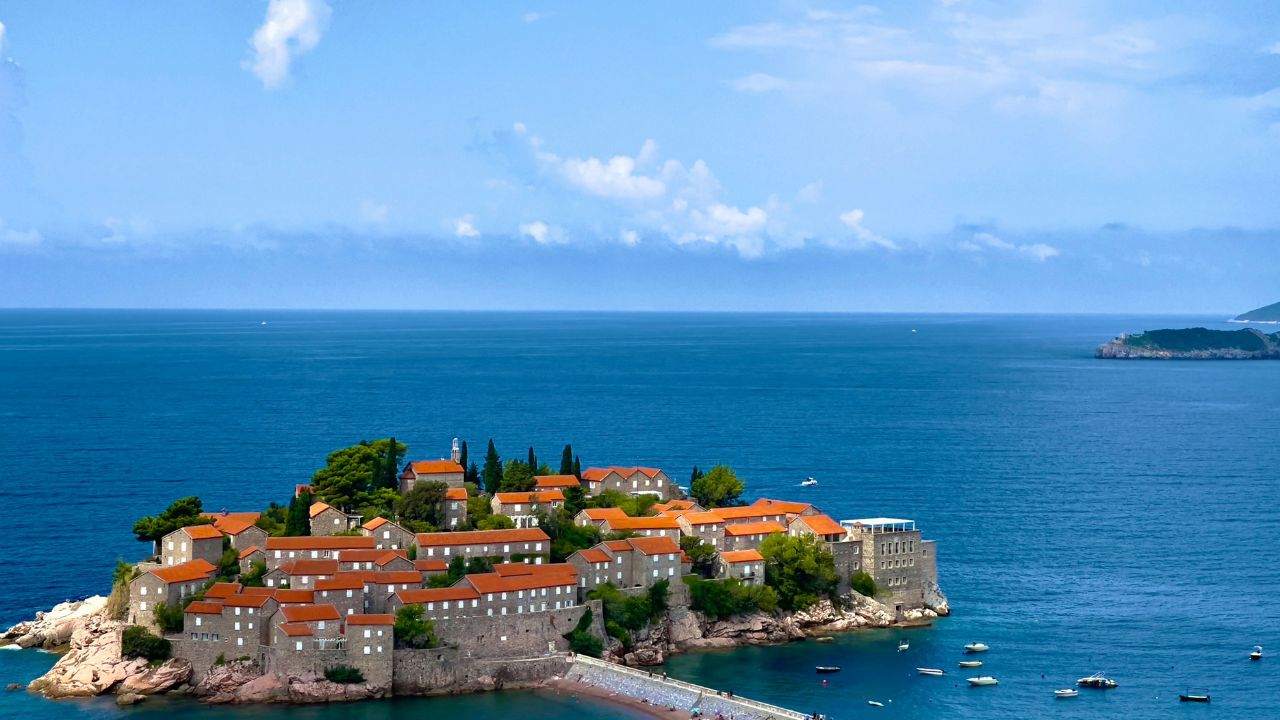

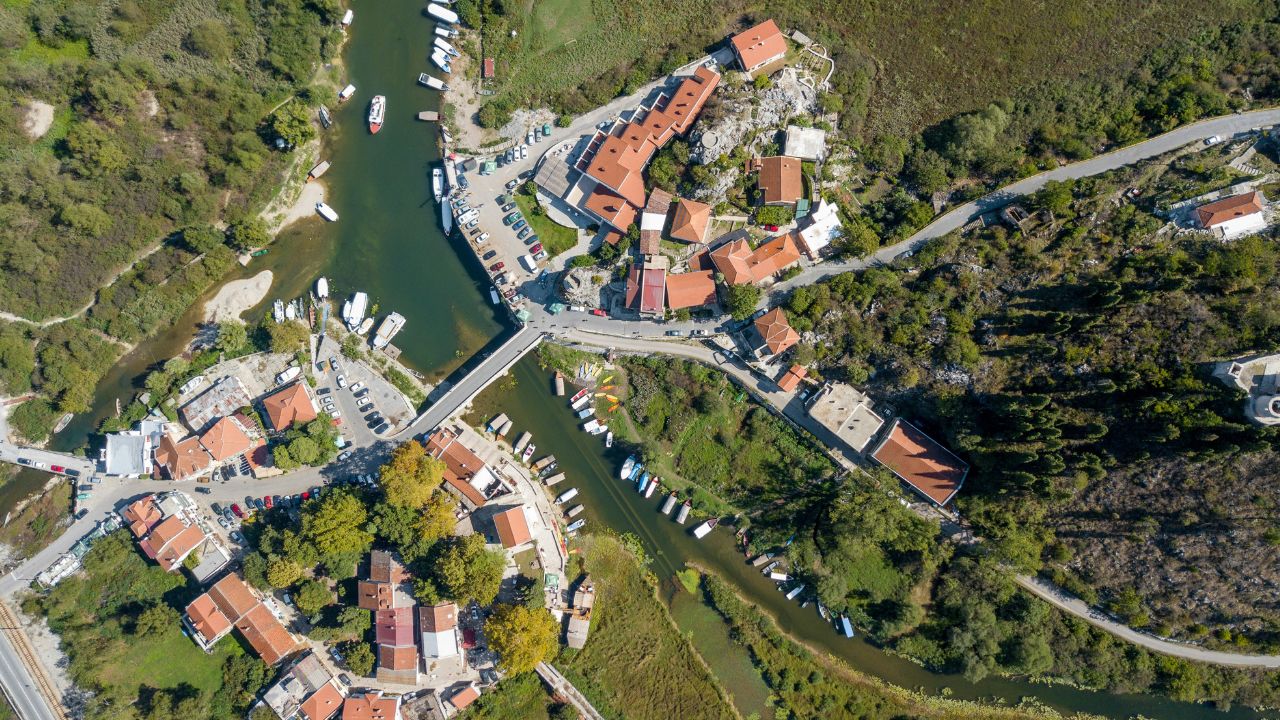
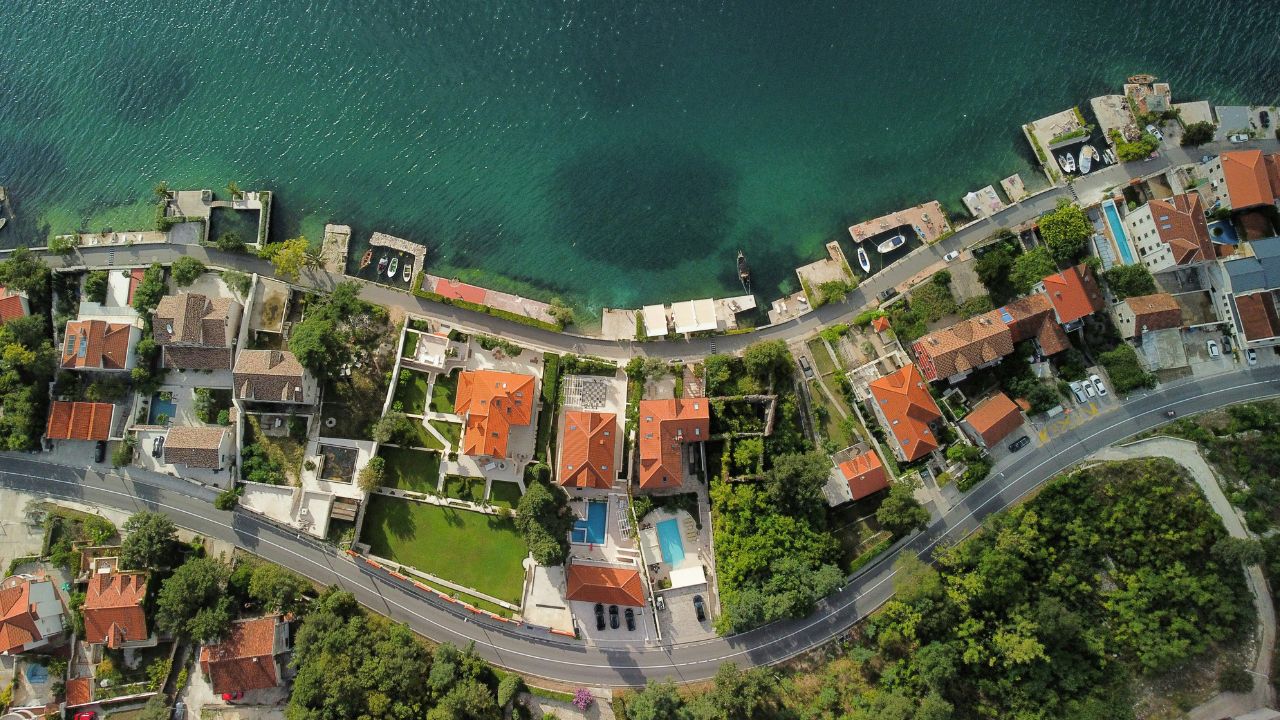



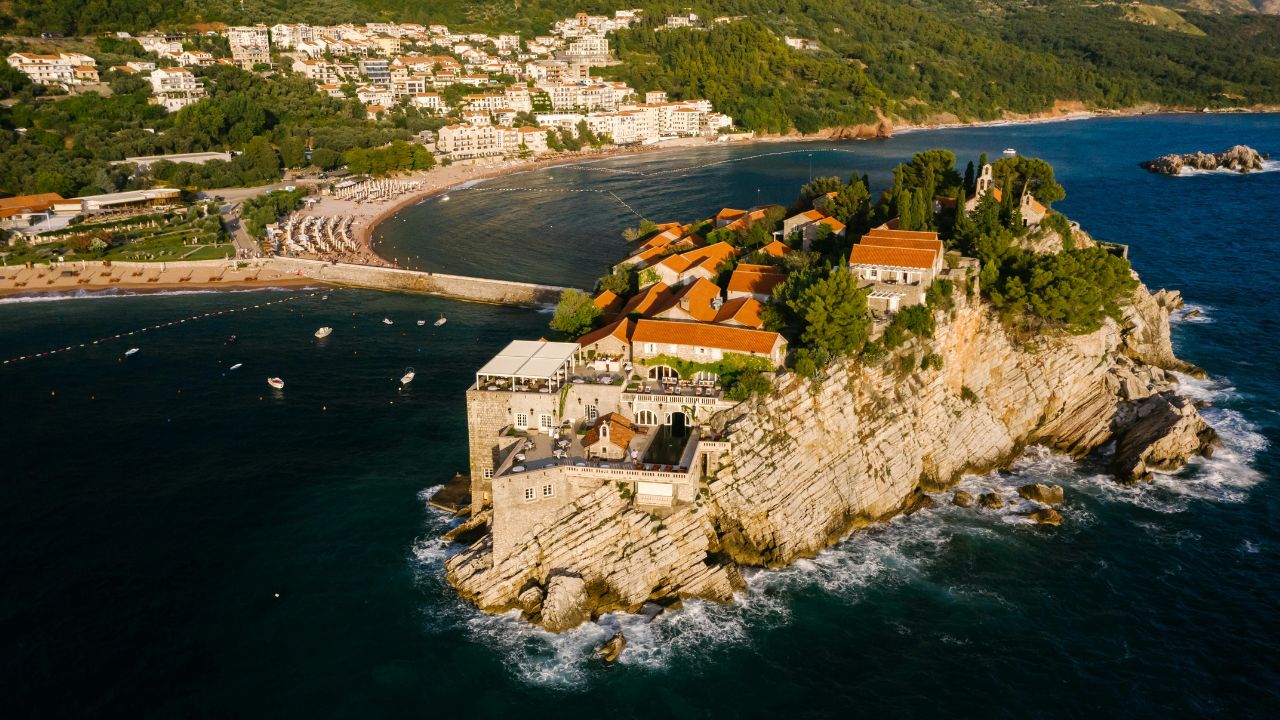





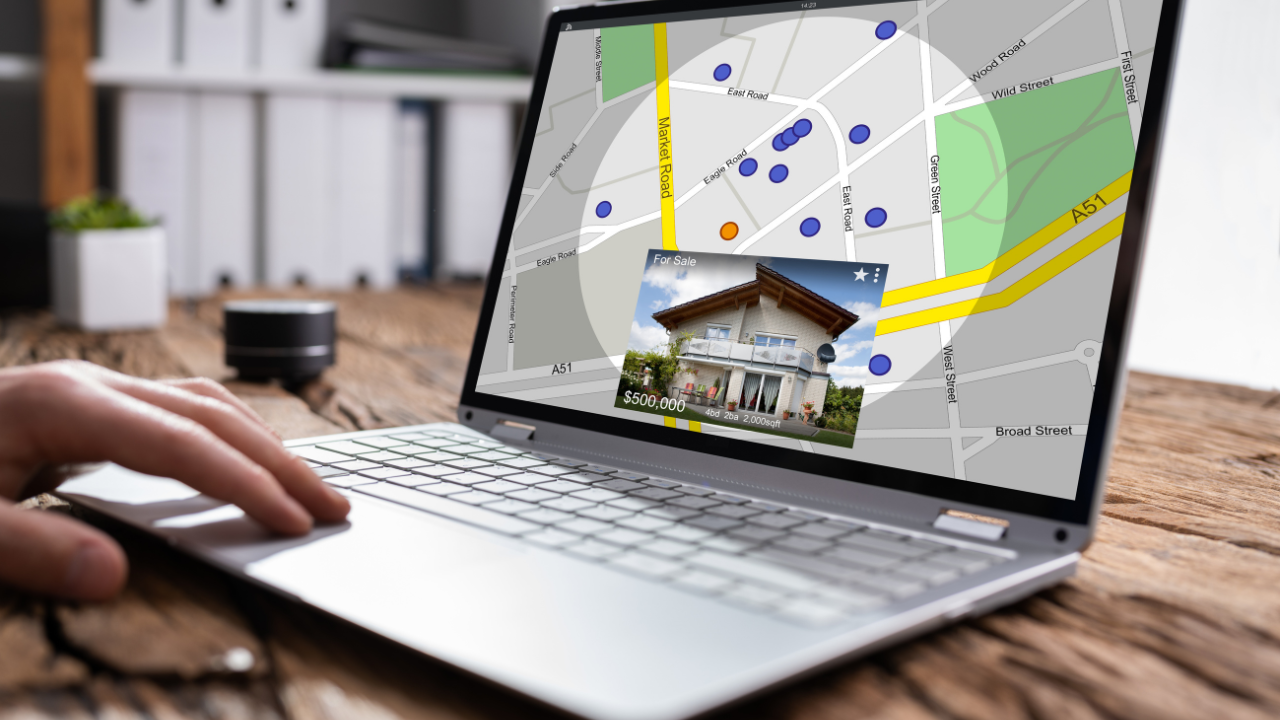


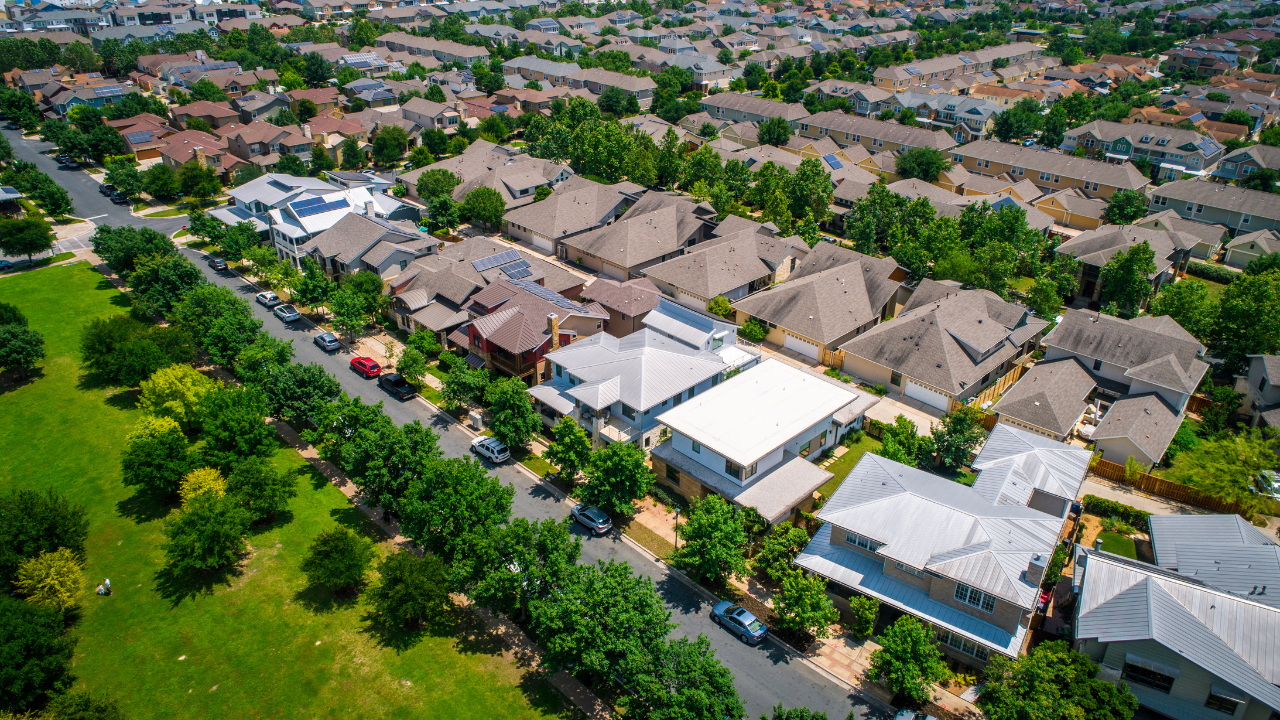
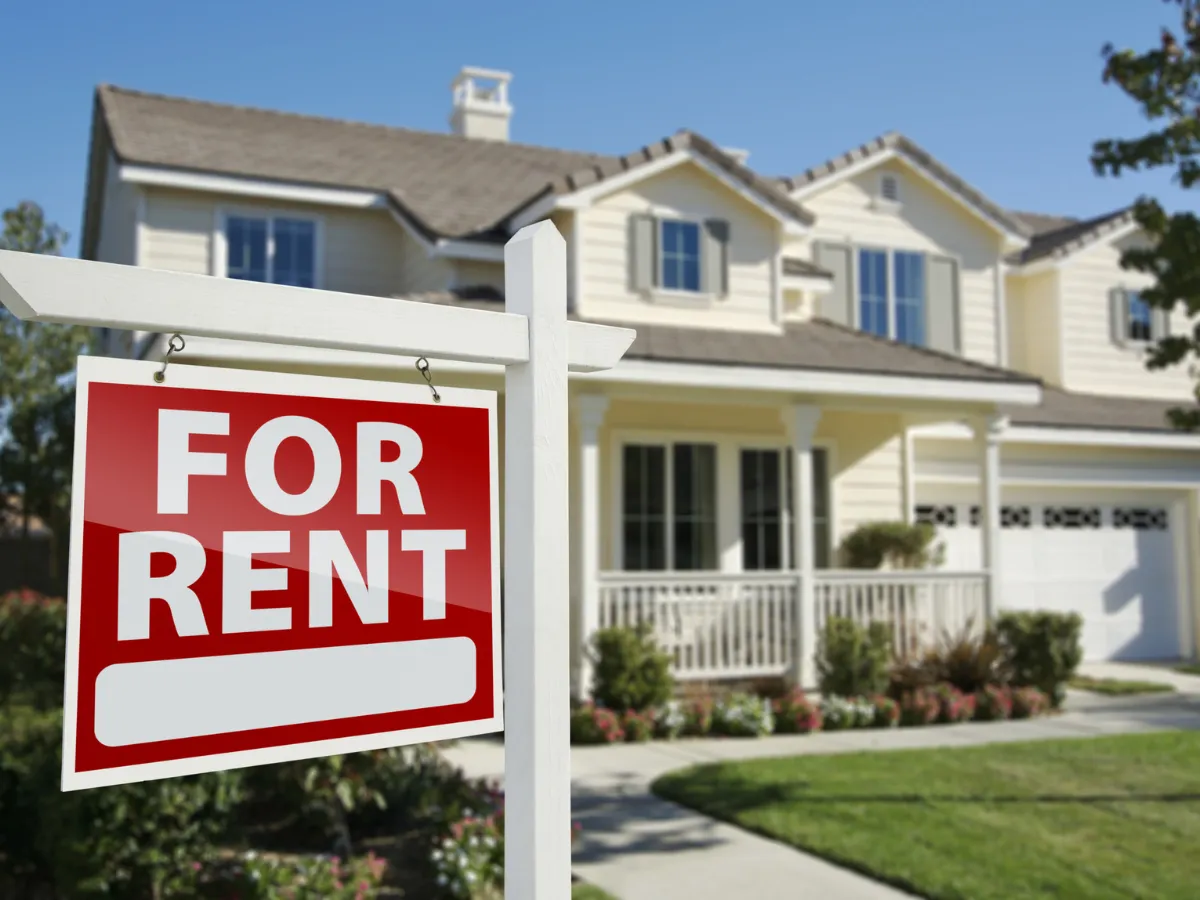
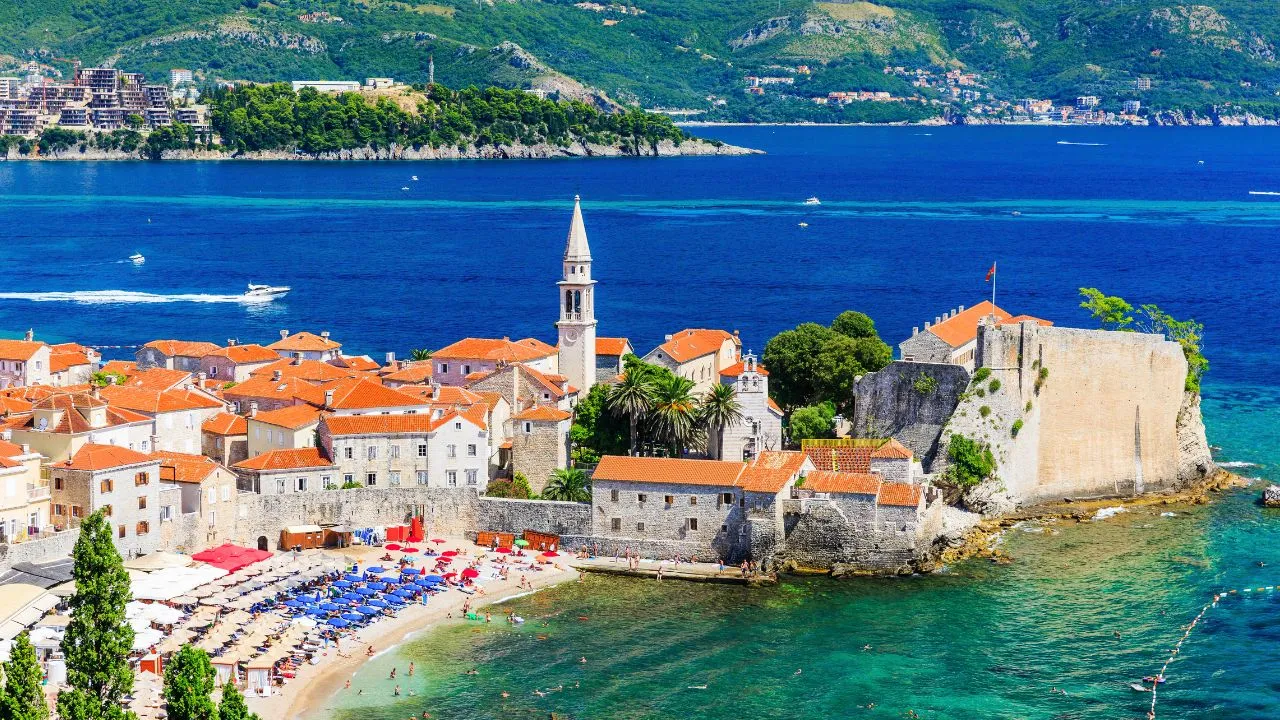
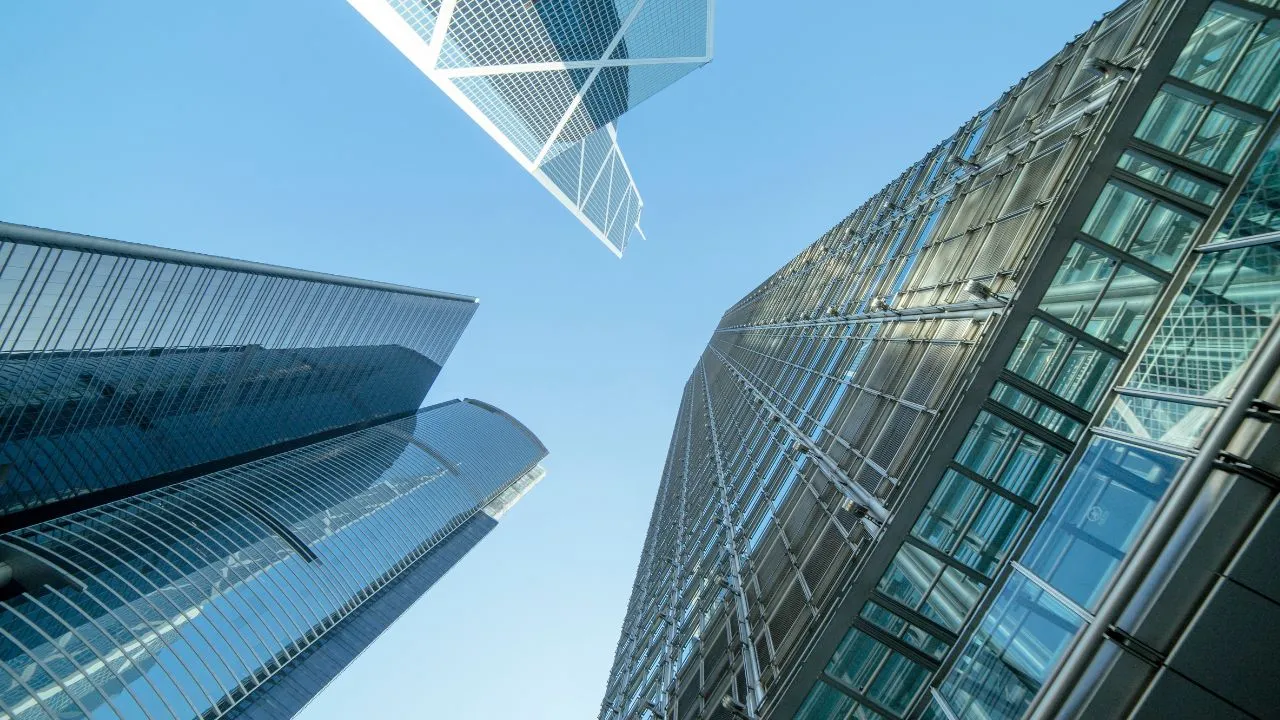



















.webp)

.webp)
.webp)

.webp)

.webp)
.webp)
.webp)

.webp)
.webp)
.webp)
.webp)

.webp)
.webp)
.webp)
.webp)
.webp)
.webp)
.webp)





.webp)

.webp)



















.avif)